There’s a thrill in slipping into sexy costumes—maybe a flirty devil costume for a mischievous night out, or the glimmer of a sexy women’s costume just waiting for you in the closet. The fabric catches the light, the air almost crackles with possibility. Costume parties—Halloween or not—are moments where anyone can step into a storybook, fairy world, or superhero adventure. But as we celebrate the art of dress-up, it’s important to pause and reflect on moments that shaped real-world change too. Today, let’s talk about Women’s Equality Day—why we celebrate it, what it means, and why it matters, especially in a world where self-expression is everything.
What is Women’s Equality Day? The Real Story
On August 26th each year, the United States celebrates Women’s Equality Day. What is it, really? At its heart, it’s a tribute—a powerful hat tip—towards the fight for gender equality, especially women’s right to vote. If you’ve ever zipped up a princess costume, swooped through the night as a fierce superhero, or sashayed at a Halloween party as your boldest self, you’ve tasted just a bit of the freedom Women’s Equality Day champions.
But let’s zoom out. The date marks a seismic moment in history: August 26, 1920. After decades of struggle, strategy, outrage, and hope, the Nineteenth Amendment was made official, guaranteeing women the right to vote in the U.S. Imagine: women stood in long lines, sun kissing their shoulders, hearts thumping as they voted for the first time. Whispered excitement, the crinkle of newly printed ballots, the scent of ink and paper news celebrating a new era—those details make history pulse with life. 👏
Since 1971, Congress officially designated the date as Women’s Equality Day, so every August 26, we’re reminded of that win and how much further there is to go. It’s not just about voting. It’s about letting women—everywhere—step into their own stories, whether it’s dressing up in daring costumes for women, smashing glass ceilings, or choosing whom they want to be in everyday life. Your right to glitter up, don a witch costume or superhero cape, or rock a business suit is all possible because of the generations who fought for equality.
Why Do We Celebrate Women’s Equality Day?
We celebrate this day not just to honor the past, but to educate, spark discussion, and, frankly, to remind ourselves of the hard-won freedoms we sometimes take for granted. Throwing on a legendary pirate costume or dazzling in sexy halloween costumes at a costume party—these freedoms come hand-in-hand with the right to self-expression. That’s something millions of women didn’t always have.
Why August 26? Well, because on that date, the Nineteenth Amendment officially became part of the U.S. Constitution back in 1920. Today, Women’s Equality Day is a banner under which people celebrate advances in access, leadership, and opportunity—things like fair pay, representation in government, and breaking down invisible walls. If you’ve ever seen a girl costume featuring an astronaut, ninja, or even a bold vampire—that’s the future Women’s Equality Day helps create. It pushes us to imagine kids costumes where girls and boys can be anything, not just what’s expected.
There are still valleys to cross—mythical or real. But every year, Women’s Equality Day is a scene change in the quest for equality, encouraging conversations and costumes that defy classic roles. Tiaras for all? Yes, please.
Women’s Equality: From Voting Booths to Dress-Up Chests
It’s tempting to see Women’s Equality Day as all about big politics or historic suffragettes marching arm-in-arm. But it’s also wonderfully personal. The right to vote was—and still is—a powerful emblem. But so is the freedom to play, dream, and create, whether that means whipping up homemade Halloween costumes for kids or picking out bold costume ideas for a Saturday soirée.
Picture a girl in a batman costume, racing through the yard, cape fluttering. She’s learning—without anyone saying a word—that she can be the hero, the princess, the pirate, or anything in-between. Costumes aren’t just playthings; they’re wearable daydreams, reminders that boundaries can always be moved. This shift, seeing women and girls portrayed as strong and daring, reflects the values rooted in Women’s Equality Day: autonomy, adventure, and the right to be seen.
Every time you watch a group of friends gather for trick or treating, or attend a Halloween store with neon displays of women’s sexy costumes, remember—expressing yourself without limits is its own powerful form of equality. You can channel a deluxe fairy or a gothic vampire, wear costume wigs and masks, light up the night, and not apologize for the fantasy. That’s equality, stitched right into every glittery tutu and superhero cape.
Sexy Costumes: Empowerment, Play, and Expression
Let’s talk about the magic of sexy costumes, because nothing screams confidence quite like sliding into a captivating ensemble. Whether you’re channeling Old Hollywood with oversized sunglasses, strutting your stuff in a pair of head-turning sexy dress shoes, or transforming your look with delicate lace gloves—costumes are a delicious mix of thrill, empowerment, and imagination.
It’s more than just play. Pulling on a superhero costume or draping yourself in renaissance velvet is an act of self-love. So is choosing shimmering halloween costumes for women that let you become someone else for a night (or an entire Halloween season). Feel the soft lace, velvet, or metallic shimmer against your skin—the simple act of dressing up can be a tiny revolution. And hey, isn’t that the ultimate nod to Women’s Equality Day? Choosing how you are seen and celebrated, stealing the spotlight on your own terms.
- Costume accessories, from wigs to hats and glitter, invite experimentation.
- The right outfit makes hearts race, pulses quicken, and heads turn—sometimes that’s exactly what empowerment feels like.
- Want to own your story at the costume party? Start with a look that’s all you.
Sexy costumes aren’t just about allure—they’re about permission to take up space, demand the starring role, and express every facet of who you are. Now that’s a superpower worth celebrating.
Costumes, Freedom, and the Right to Dress Up
If you stop to think about it, costume ideas are little symbols of possibility. Whether you’re a mermaid, a flapper, or a daring wizard—dressing up is about more than just outfits. Weaving together spooky stories or fairy tales for a Halloween party, you’re letting creative energy out into the world. This matters on Women’s Equality Day because the spark that let generations of women fight for voting rights is the same spirit that lets them (and you) turn every day into a stage.
Let yourself try on different roles. A pirate costume can teach fierce bravery. A goddess costume can be a reminder of inner magic and power. Maybe one October evening, as you slip into your favorite vampire costume—satin ice-cold to the touch, fangs gleaming by candlelight—you catch your reflection in the mirror and see someone newly bold staring back. Sometimes, dressing up is about claiming the parts of yourself you didn't even know were there.
From masks to capes, from ninja to princess, each piece in your costume accessories drawer celebrates the dream of walking tall. Maybe you remember the first time, as a kid, that you put on a skeleton costume and felt a wild electric thrill in your belly. Equality means keeping that spark alive, at every age.
From Voting Rights to Personal Choice: Why It Matters
It’s easy to think the battles are won, but Women’s Equality Day is still vital. Choices—big and small—shape life. From the right to vote to the thrill of choosing bold womens or sexy costumes, these freedoms are linked. Many women around the world still face limits on what they can do, wear, or say. Every lace glove, every dazzling alice in wonderland costume, every moment of dress-up can become a whisper of revolution.
Modern halloween costumes celebrate not just fun, but the power to take on new identities. Want to be princess leia or a fearsome witch? Or are you channeling unstoppable superhero vibes in glossy spandex and confidence? The freedom to choose is powerful—and playful. Sharing that spark with others, from girlfriends planning group costumes to little ones in toddler costumes running wild on Halloween night, pays tribute to the history that made this variety possible. That’s the legacy of Women’s Equality Day—freedom, fun, and the right to sparkle or spook as you please.
Ways to Celebrate Women’s Equality Day (and Every Day)
Celebrating equality isn’t just about speeches or hashtags—it’s also about lived moments and joyful play. Here are some ways to mark Women’s Equality Day in your own life (and, let’s be honest, have a bit of fun at the same time):
- Host a costume party celebrating women from history—think movie costumes or storybook legends.
- Try a new character: superheroes, pirates, witches, or princesses—costumes for all tastes and ages.
- Support women-owned businesses in the world of costumes and accessories.
- Teach kids about equality while helping them pick out girls costumes or boys costumes with fearless choices.
- Share your story on social media using selfies in your favorite heroic or funny costumes—because visibility is power.
Don’t underestimate the impact. Sometimes, all it takes is donning a sparkle tiara or superhero mask to remind yourself (and others) that you can own your story. Celebrate, educate, and make it personal. If nothing else, let yourself play—because every revolution needs a little glitter and joy.
Conclusion: Celebrating Equality—One Costume at a Time
At the deepest level, Women’s Equality Day is about honoring the journeys that brought us where we are—and the bravery it takes to push boundaries even today. Whether you're stepping up to the ballot box or simply choosing the perfect costume for your next adventure, every act of self-expression is a nod to the women who fought (and keep fighting) for the right to be seen, heard, and celebrated.
As you dream up your next great look for a Halloween party or slip into a pair of sultry dress shoes, remember: fashion and freedom are linked by history and hope. Celebrate yourself and women everywhere—whether that's through bold costumes, daring accessories, or the simple, radical act of dressing as you wish.
If you’re inspired, why not step into our world of dazzling sexy costumes? Thank you for reading, and as a token of appreciation, here’s a special promo code for -10%: BLOG10 on your next order!
Explore more, shine more, and dare to be unforgettable at Sexy Costume®.

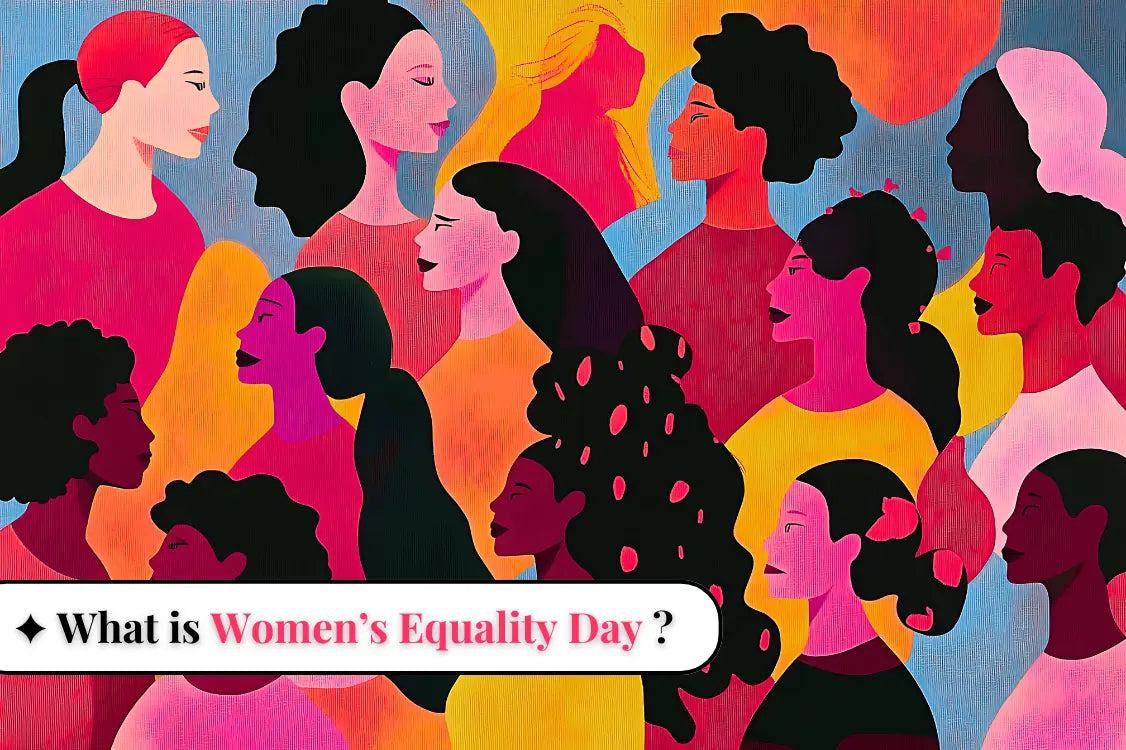

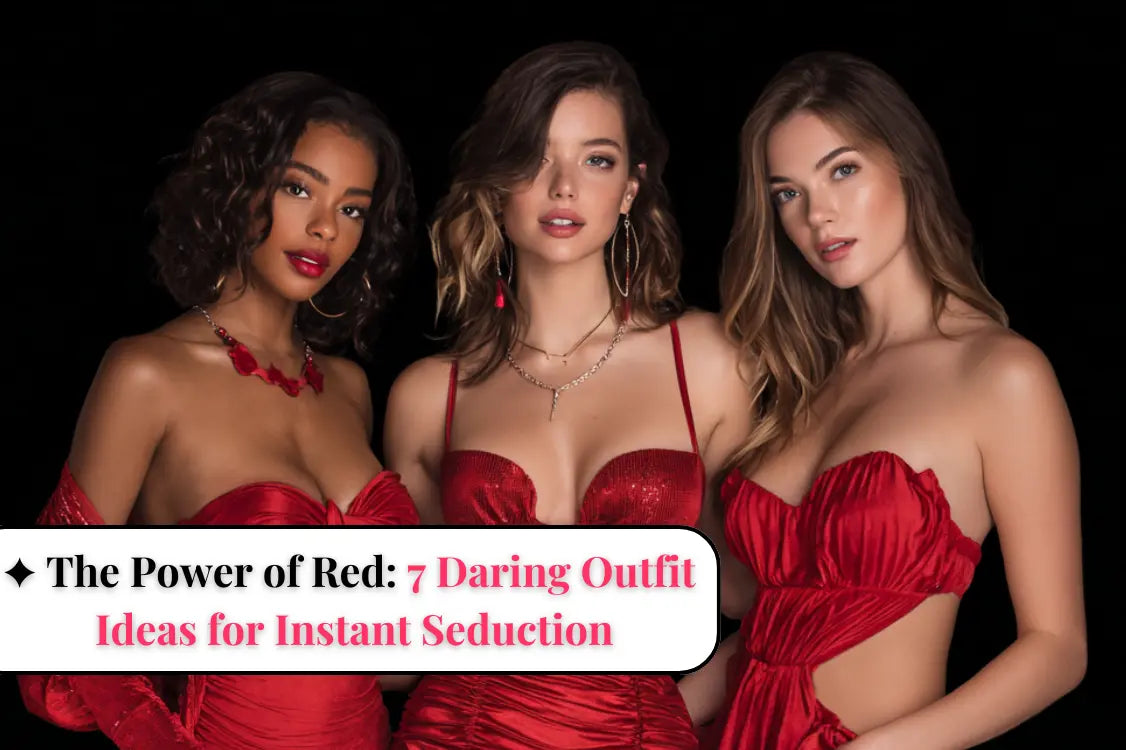
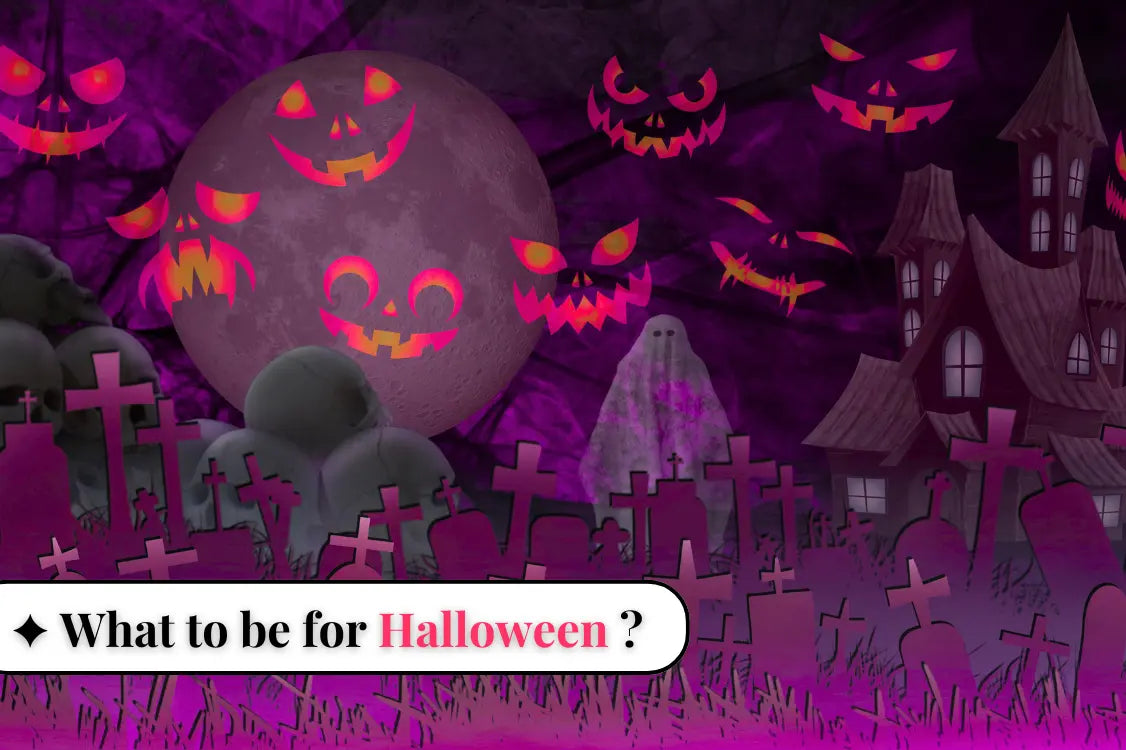
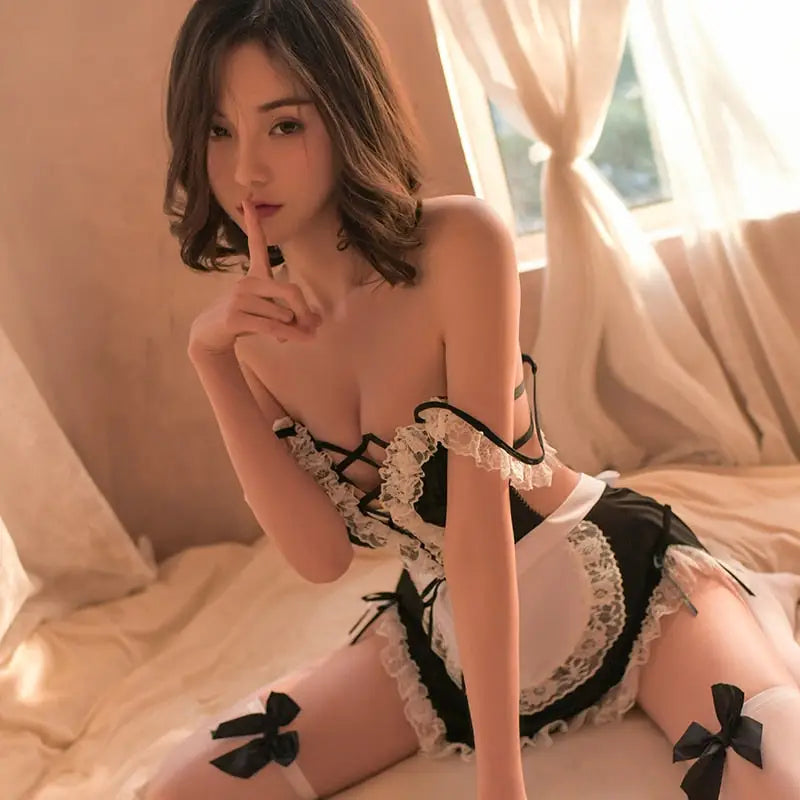
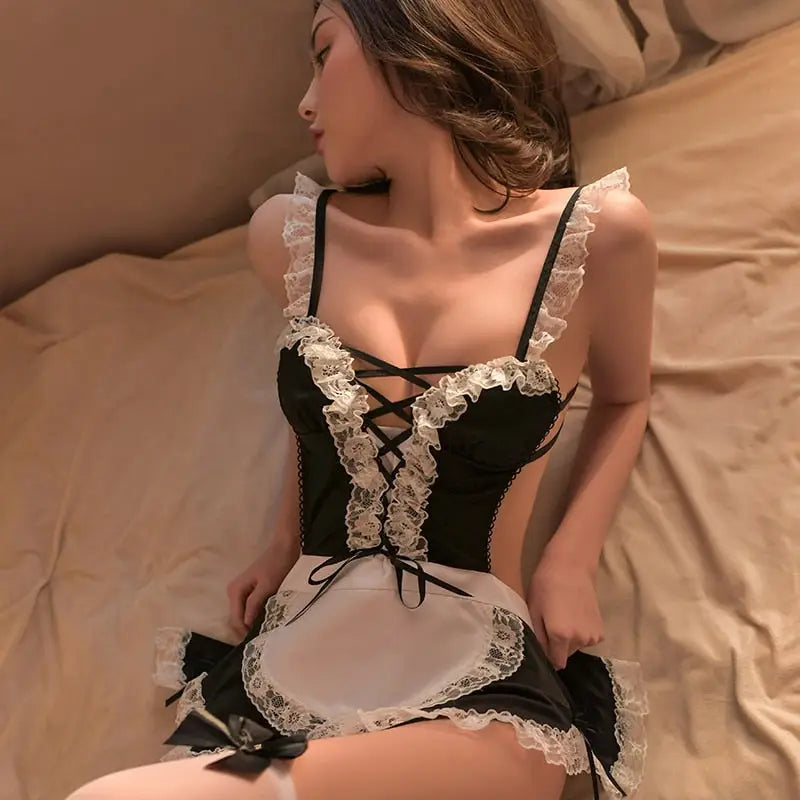
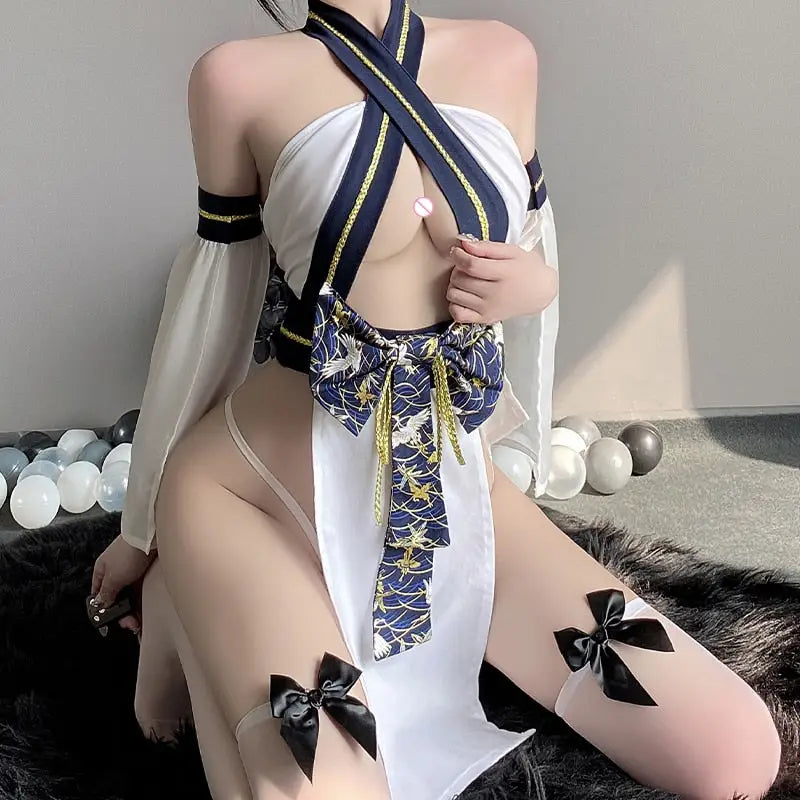
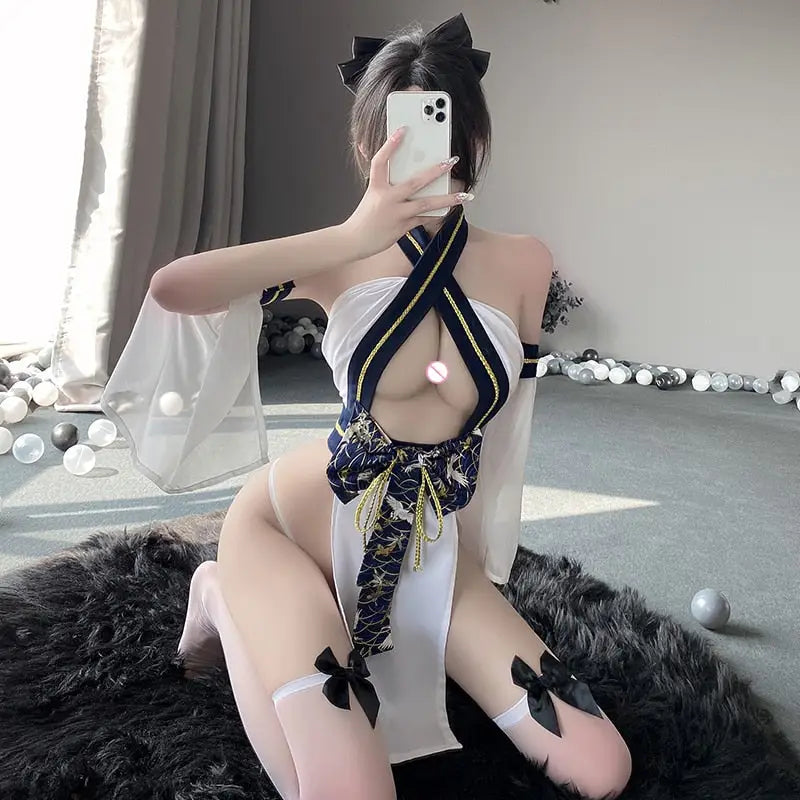


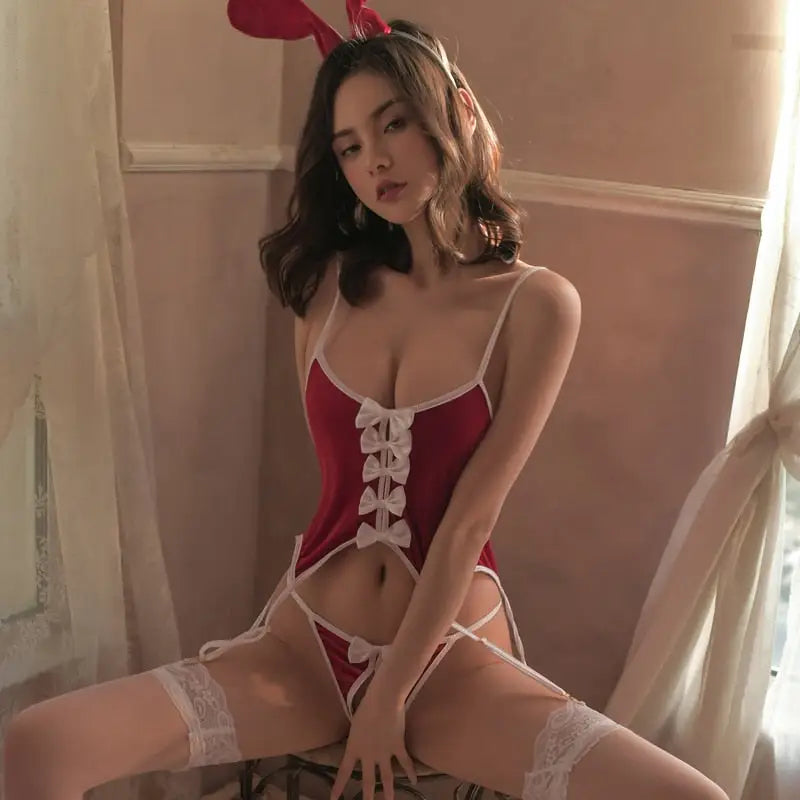
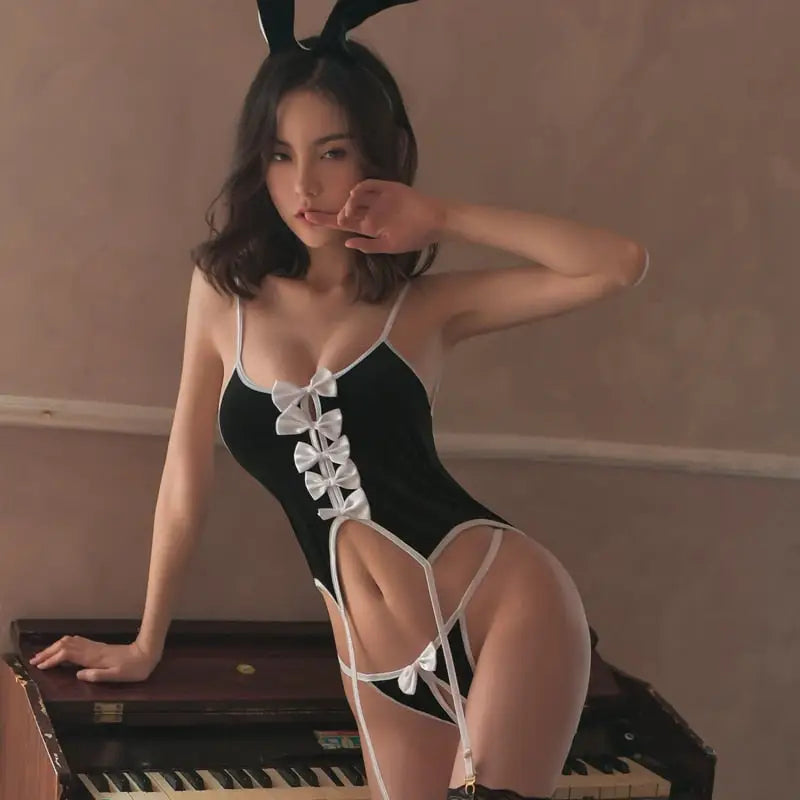
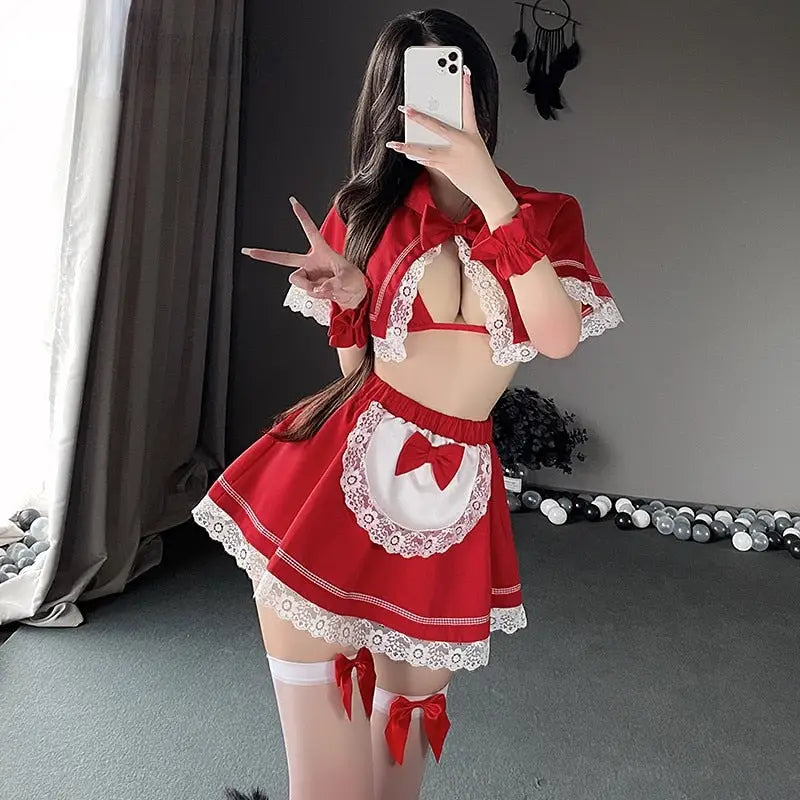
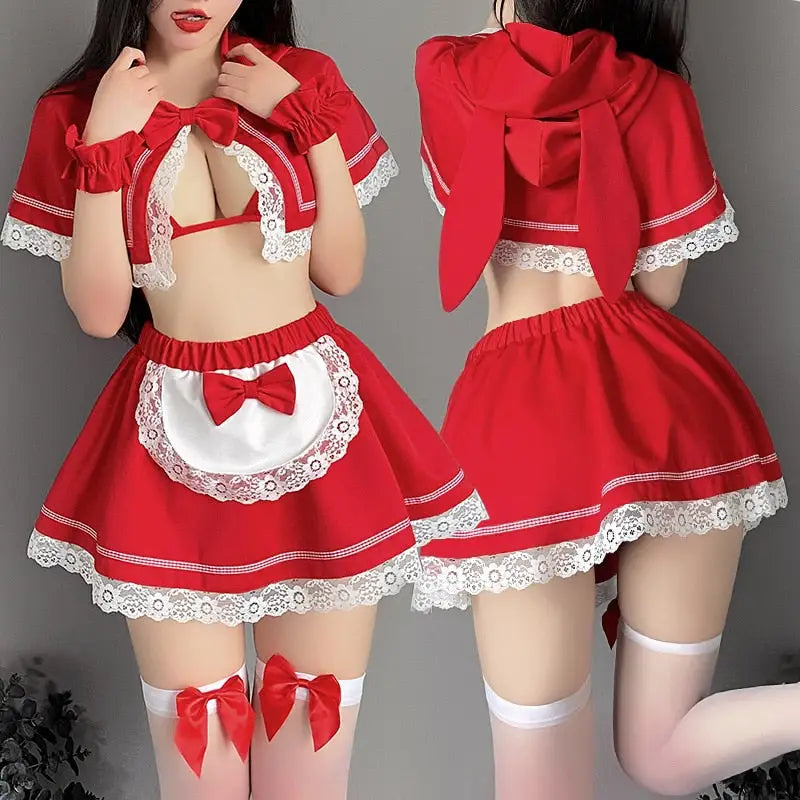
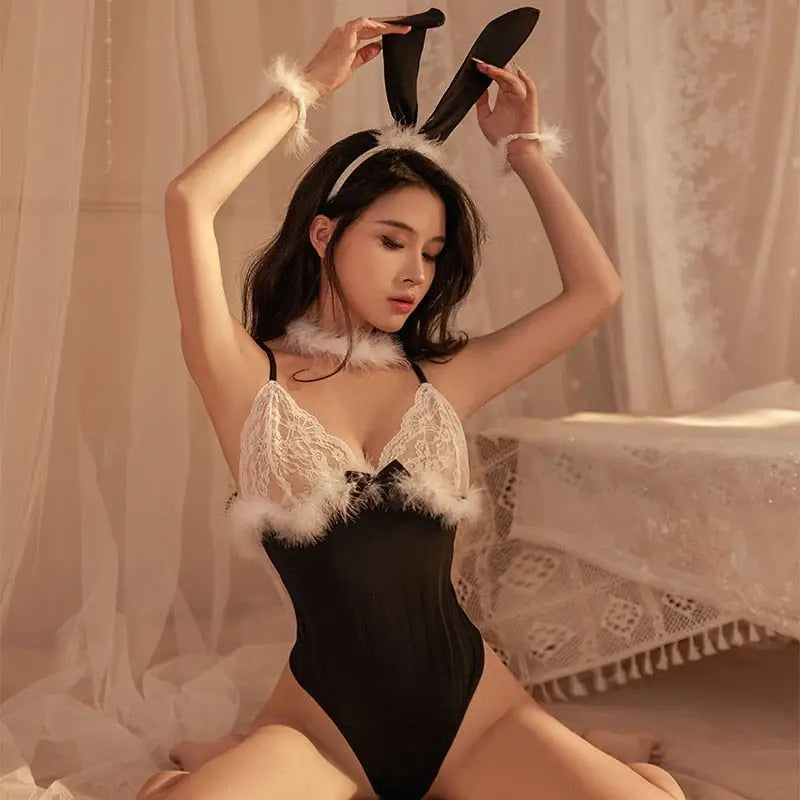

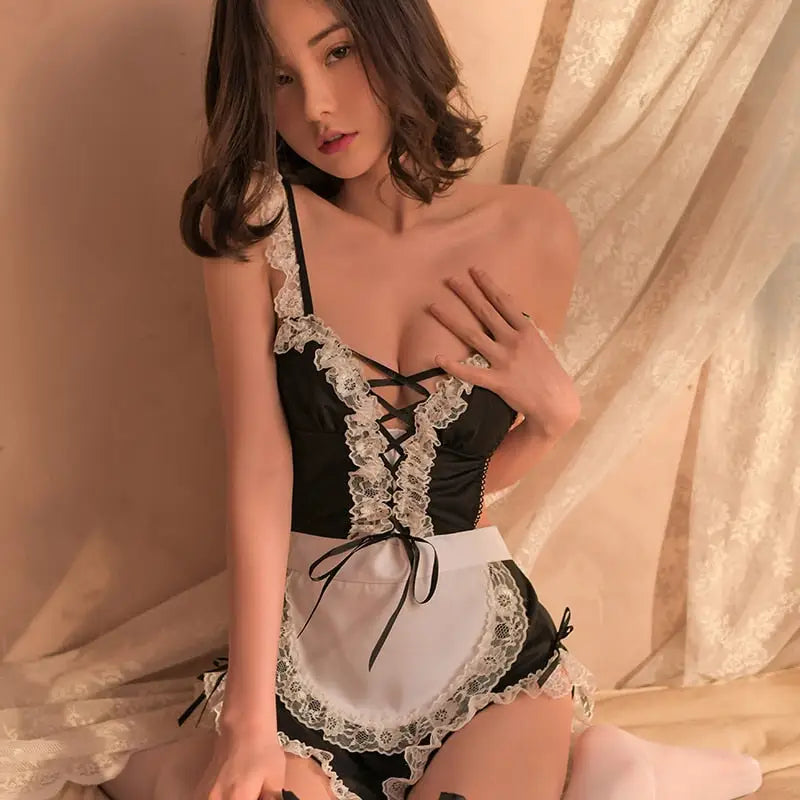

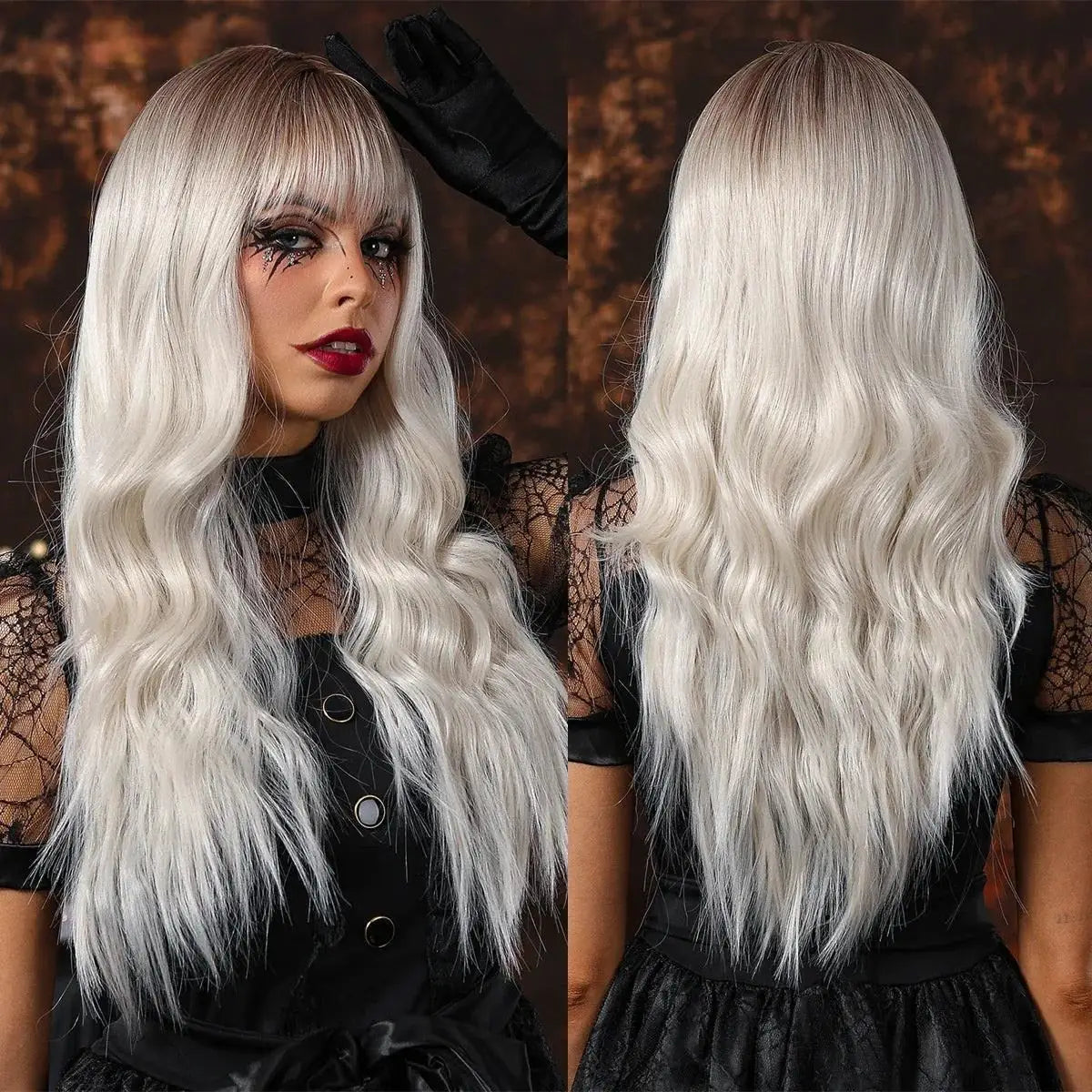

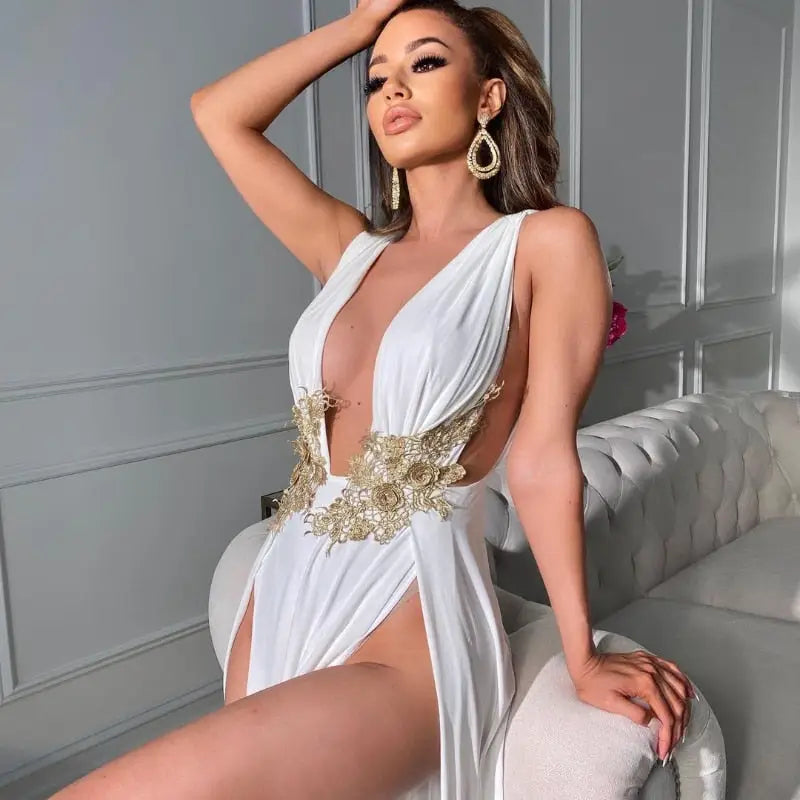
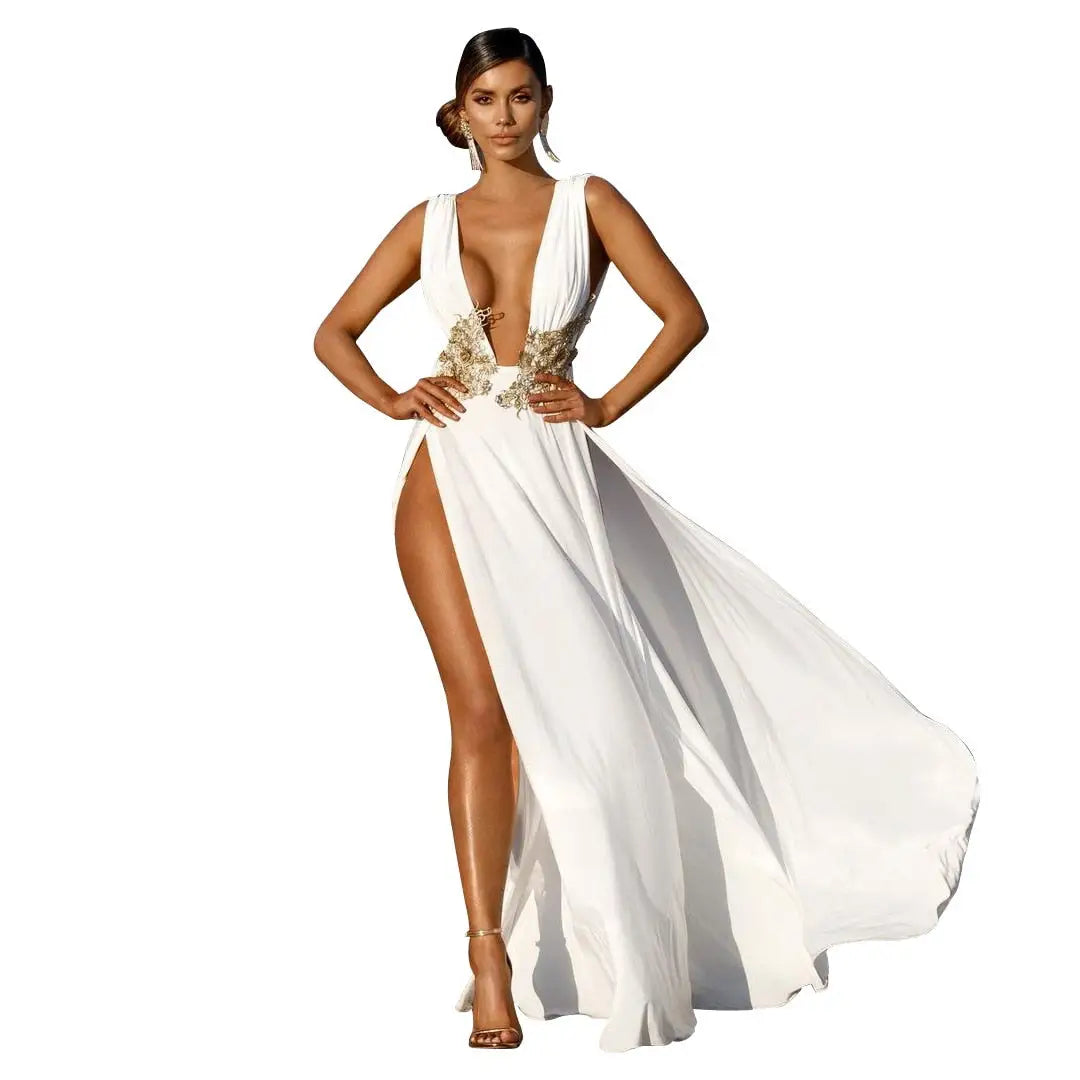

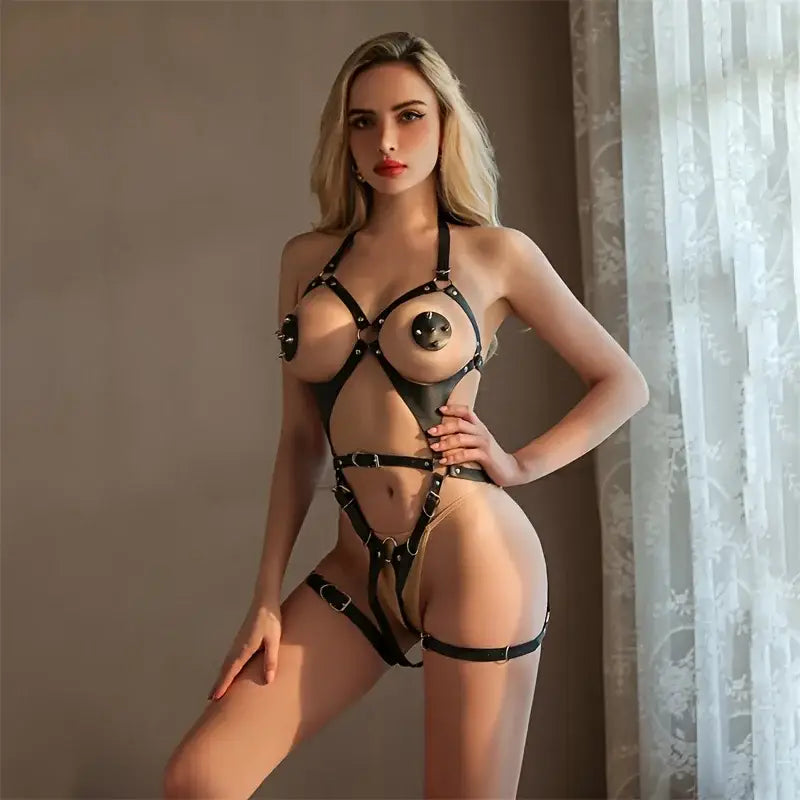
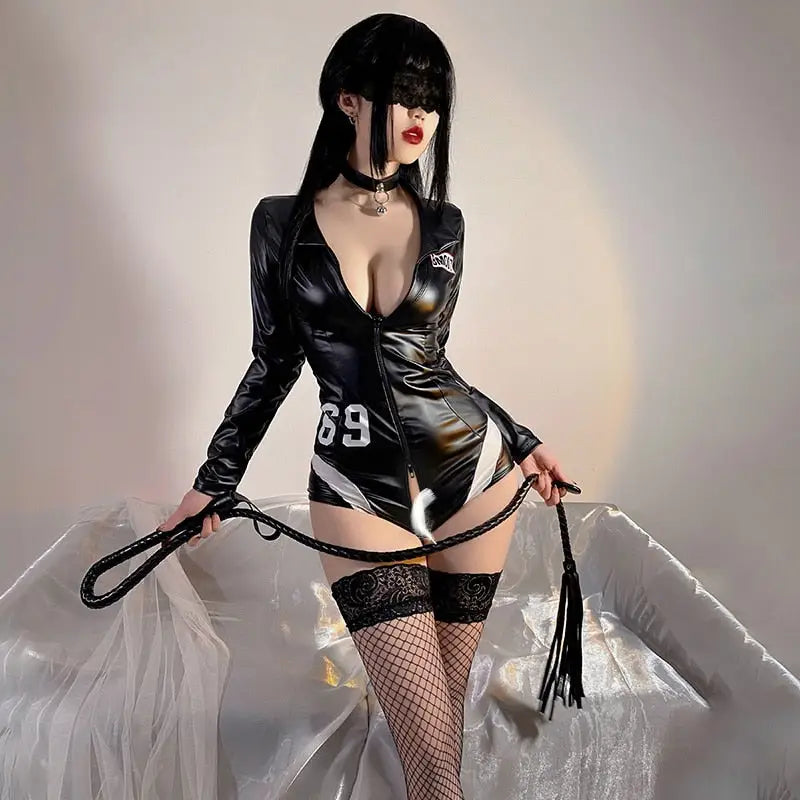



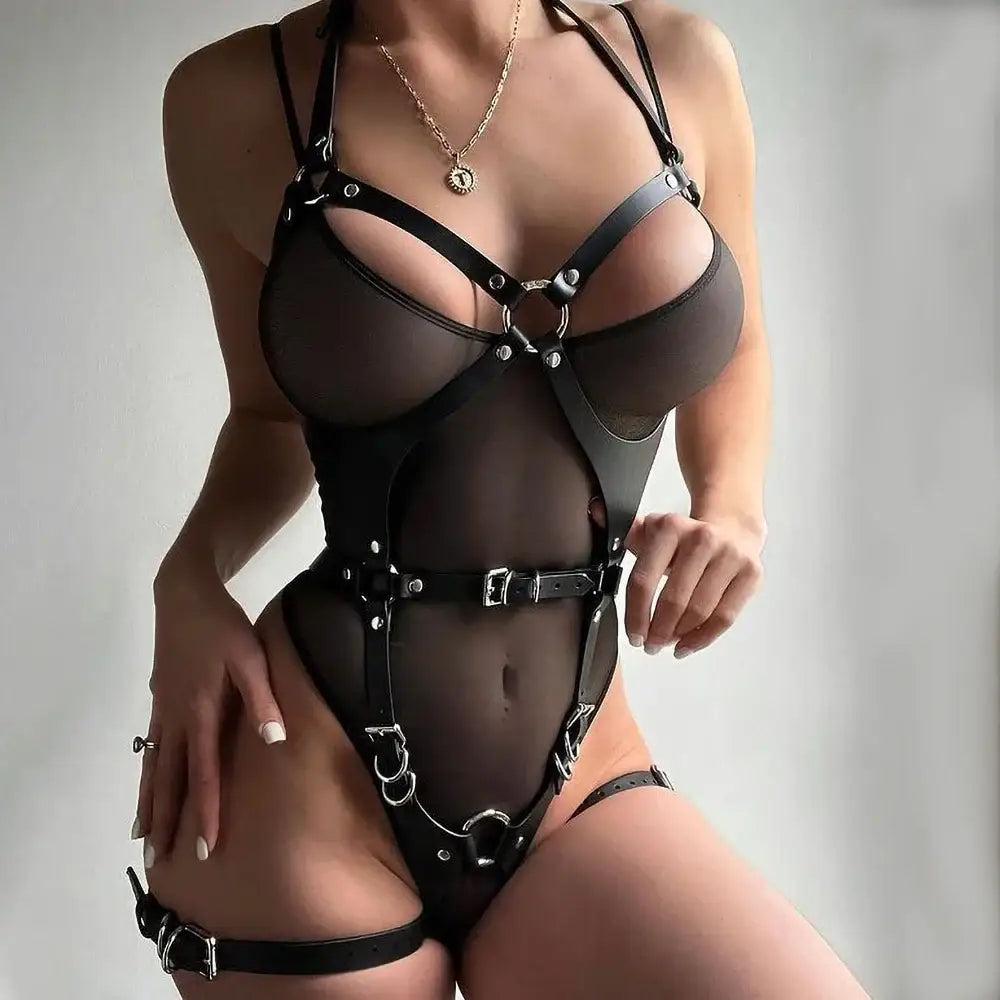

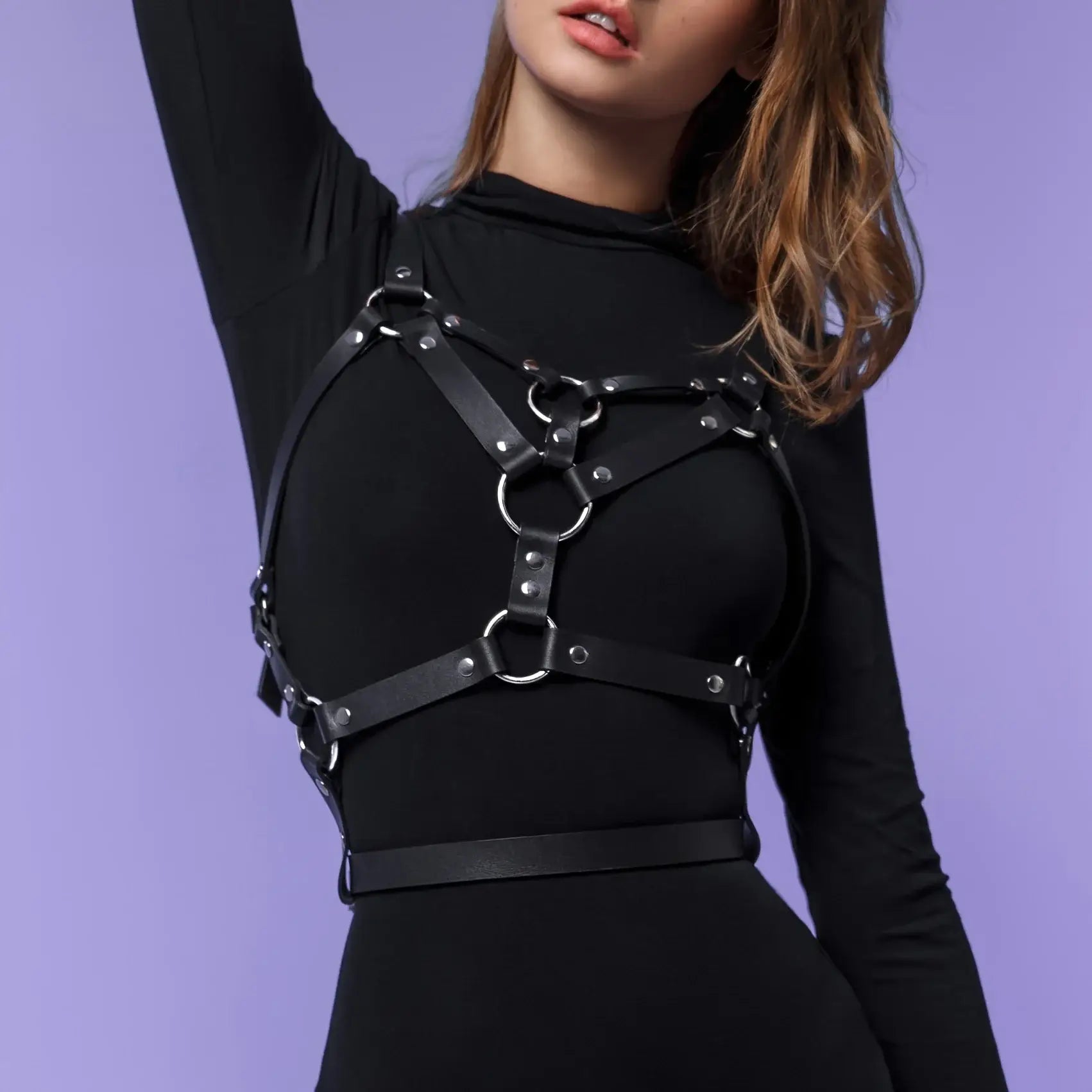
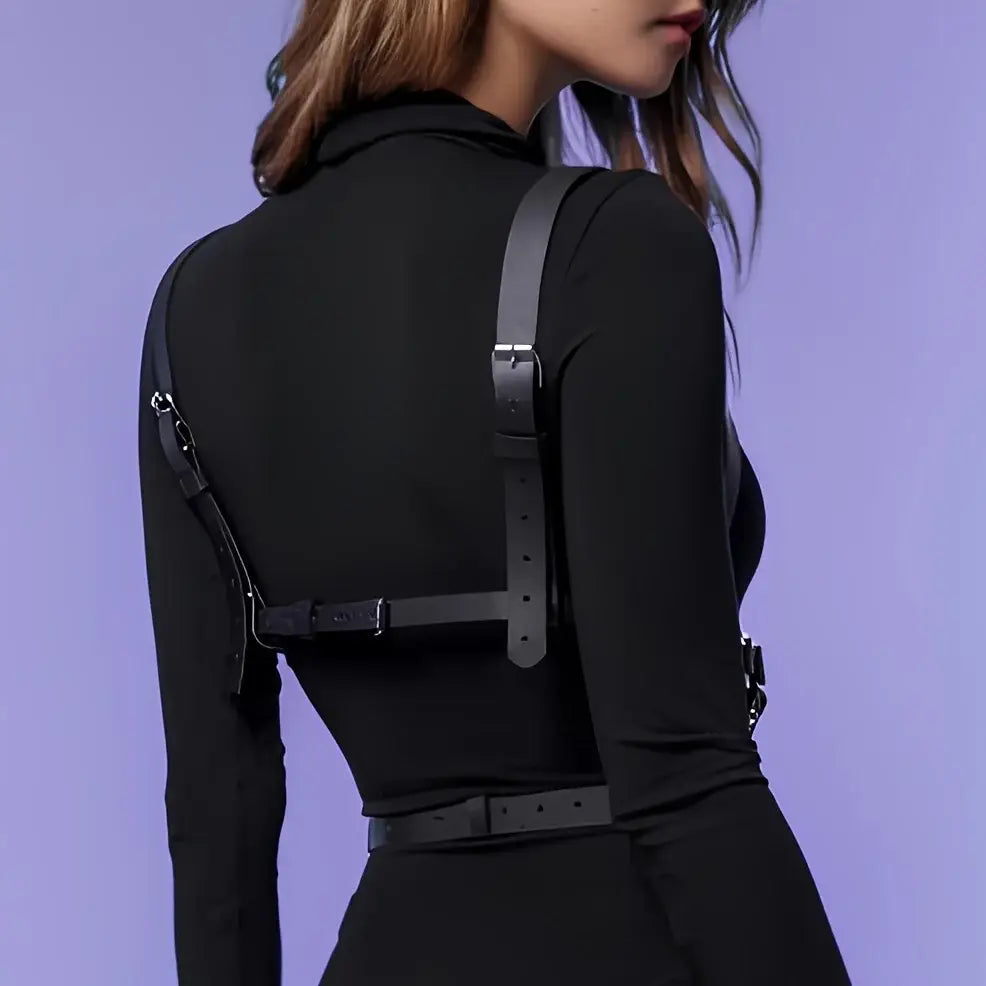
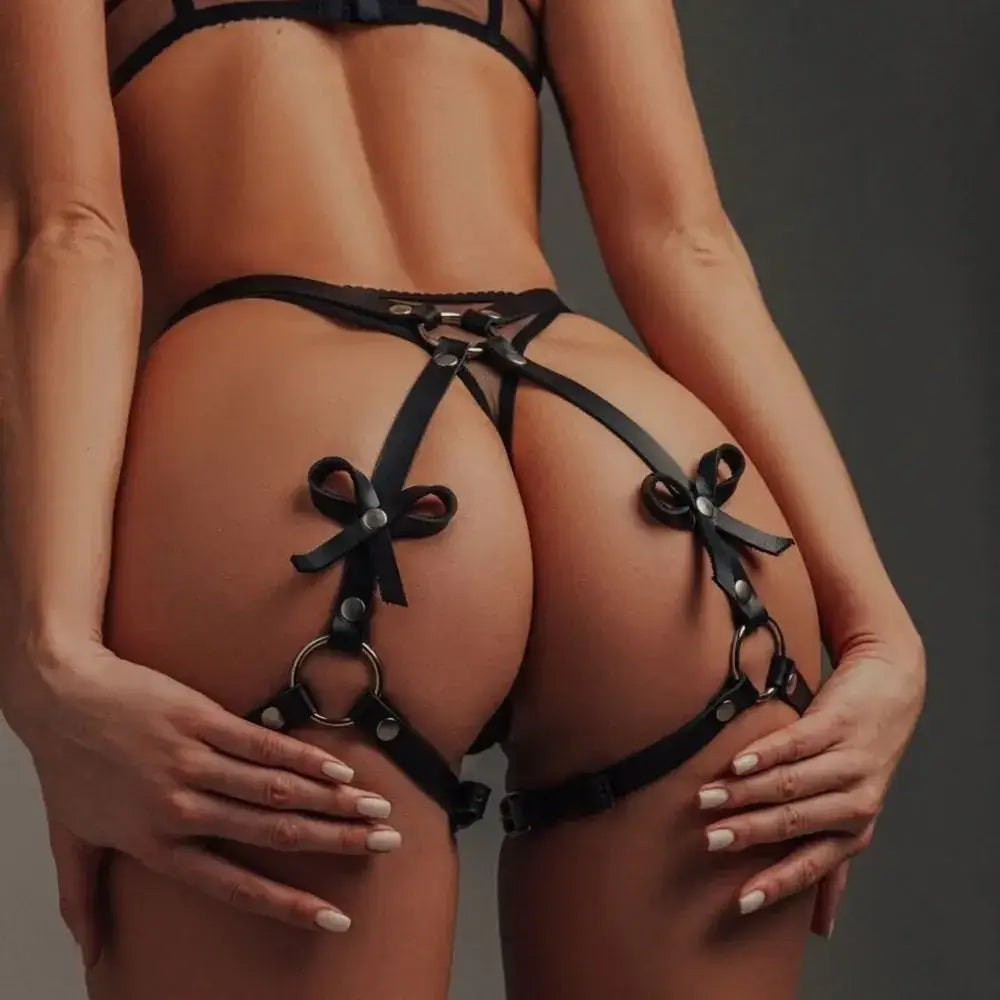
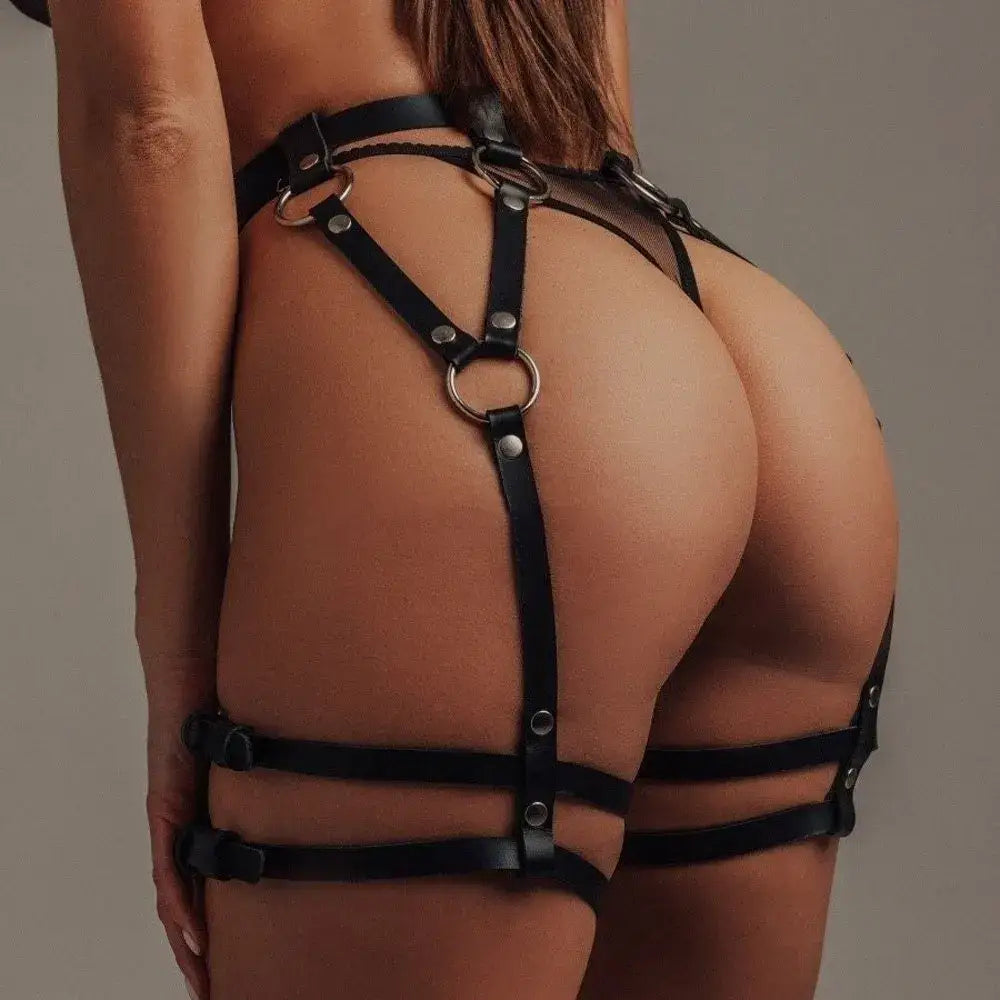
Dejar un comentario
Todos los comentarios se revisan antes de su publicación.
Este sitio está protegido por hCaptcha y se aplican la Política de privacidad de hCaptcha y los Términos del servicio.